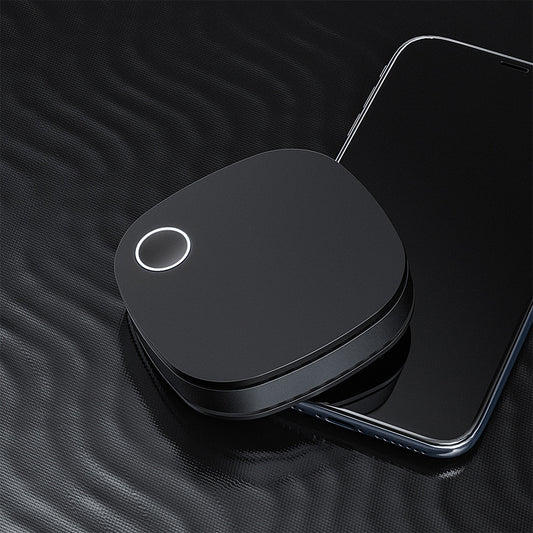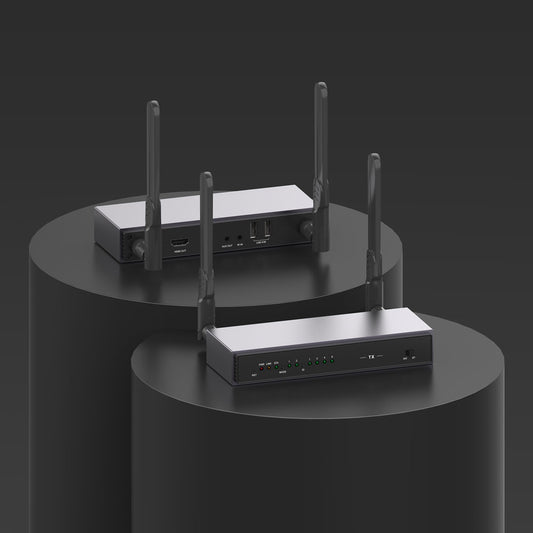
BYOD: What Is It? Why Is It Important?
Due to significant advantages like increased productivity and flexibility for both businesses and employees, the bring your own device (BYOD) phenomenon has grown in popularity in recent years. Many workers are used to working remotely and using their own devices, especially since the COVID-19 pandemic.
What precisely is BYOD? Why is it significant to businesses? What BYOD solution do you require for a meeting room to increase productivity and collaboration? In this blog, I'll address each of these issues in turn.
What Is BYOD?
Bring your own technology is a company policy that allows employees to use their own personal devices for work-related tasks rather than being required to use one that is provided by the company.
Over the past few years, BYOD has grown in popularity among workers all over the world, particularly in some developed nations. BYOD has altered how employees expect to complete their tasks as a new mode of collaboration and work.
Why is BYOD important?
BYOD is significant for a lot of reasons, among them:
- Improved output from employees. Employees who can utilize a gadget that they prefer and are comfortable with are likely to be more productive than those who must get to know new technology. More importantly, since they do not have to transfer devices, workers find it simpler to operate remotely from home or other locations.
- savings on device costs. Fewer company assets need to be issued, tracked, managed, repaired, upgraded and maintained as a result of increased BYOD.
- Onboarding and offboarding have been made easier. Without changing the BYOD device, BYOD MDM software can enable or stop workplace network access.
- improved working relationships. When given the option to utilize the same device, BYOD users feel more in control of their surroundings, are frequently more productive, and are more likely to work remotely.
- BYOD as a benefit BYOD is seen by many employees as evidence that the business is progressive and tech-savvy. Since businesses save a lot of money by not having to buy and maintain such devices, the majority of employees get paid in some way for using their BYOD devices.
What Are BYOD's Advantages?
BYOD can have a big positive impact on both businesses and people. Let's look at a few of these advantages.
Benefits of BYOD for Businesses
When BYOD is adopted and maintained appropriately, an enterprise is able to:
- Reduce IT expenditures: Organizations no longer need to buy the hardware because workers utilize their chosen gadgets at work. Additionally, businesses do not have to instruct their staff on how to use their own devices.
- Boost productivity and efficiency: The ease that employees experience with their own gadgets and productivity are positively correlated. Employees who utilize their chosen gadgets become proficient at using them, potentially increasing productivity. Additionally, these gadgets frequently have the most recent technology, which workers can use at their places of employment to boost productivity.
- Increase staff satisfaction: BYOD can reduce the number of difficulties brought on by utilizing a new technology. Employees can work from anywhere at any time and are more at ease in their working settings as a result. Their levels of satisfaction tend.
Benefits of BYOD for Employees
Similar to corporations, employees can gain a lot from BYOD, including:
- Practicality: BYOD enables users to have all their data and applications on a single device. On the same device, they can easily switch between tabs, check their personal emails, and attend meetings. By doing this, they can avoid wasting a lot of time switching between corporate-owned and personal devices.
- Having access to modern equipment and technology: The tendency of employees to become attracted to and routinely update their mobile devices is rather common. When new smart devices with the newest technology become available, they may also purchase them. For instance, a worker with a Surface Pro from Microsoft can conduct both personal and professional tasks using that device's cutting-edge technology.
- Added personalization: Employees that use BYOD can customize and even create their own devices. For instance, they can upgrade the hardware or customize the interior and exterior of their laptop, which might improve their experiences and productivity.
Which BYOD Solution and Device Do You Require?
The ProScreenCast SC03 Wireless HDMI Extender is one of the best BYOD options you need in your company's conference room. SC03 can function with webcams and speakerphones, specifically in a hybrid conference that incorporates both in-person and remote attendance, to satisfy all of your needs for a smooth and effective hybrid meeting.

The HDMI and USB-C ports on this wireless presentation system make it simple to connect to your laptop. You may quickly cast your contents onto the display device in the conference room thanks to its support for up to 1080P@60Hz video input and output.
The ProScreenCast presentation solution offers wireless screen casting through Miracast and AirPlay. Numerous operating systems, including Windows, Mac OS, iOS, and Android, are compatible with it. This means that you can cast your screen wirelessly using your own laptop, smartphone, or tablet.
Conclusion
As a new work and collaboration practice, BYOD gives employees more flexibility in the how, where, and when they work and collaborate. Additionally, it aids in lowering the expense of hardware upkeep and equipment acquisition.
One of the finest BYOD strategies might be to install the SC03 Wireless HDMI Extender in your meeting space. Bring your own laptop, smartphone, or tablet and use them both to cast your screen wirelessly. Remote collaboration and video presentations may be simpler than ever.








